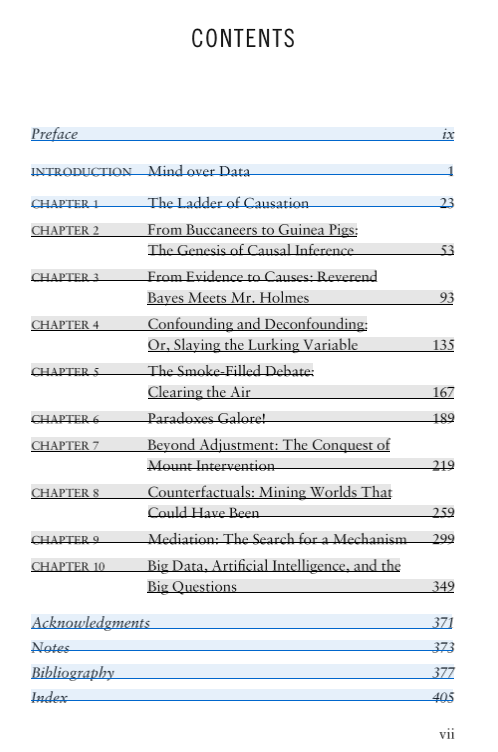USAID, September 2018. 98 pages. Available as PDF
Rick Davies comment: A very good overview, balanced, informative, with examples. Worth reading from beginning to end.
Contents
Introduction
Roadmap: How to use this document
Machine learning: Where we are and where we might be going
• ML and AI: What are they?
• How ML works: The basics
• Applications in development
• Case study: Data-driven agronomy and machine learning
at the International Center for Tropical Agriculture
• Case study: Harambee Youth Employment Accelerator
Machine learning: What can go wrong?
• Invisible minorities
• Predicting the wrong thing
• Bundling assistance and surveillance
• Malicious use
• Uneven failures and why they matter
How people influence the design and use of ML tools
• Reviewing data: How it can make all the difference
• Model-building: Why the details matter
• Integrating into practice: It’s not just “Plug and Play”
Action suggestions: What development practitioners can do today
• Advocate for your problem
• Bring context to the fore
• Invest in relationships
• Critically assess ML tools
Looking forward: How to cultivate fair & inclusive ML for the future
Quick reference: Guiding questions
Appendix: Peering under the hood [ gives more details on specific machine learning algorithms]
See also the associated USAID blog posting and maybe also How can machine learning and artificial intelligence be used in development interventions and impact evaluations?
